A Tour of Tel Aviv’s Neve Tzedek: A Day of Fun and Unexpected Delights
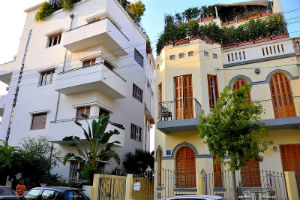 Nestled within the heart of Tel Aviv, the city that never sleeps, is the beautiful Neve Tzedek, a community of artistry and architectural celebration. Just walking the streets of Neve Tzdek is an adventure worth taking, as the senses delight in the sights, sounds, and scents of a community that pulses with artistic energy. Neve Tzedek offers an eclectic variety of shopping and culinary surprises that will turn your sightseeing tour into a satisfying adventure. Effortlessly blending the best of the ancient with the progressiveness of the modern is a special gift of Neve Tzedek!
Nestled within the heart of Tel Aviv, the city that never sleeps, is the beautiful Neve Tzedek, a community of artistry and architectural celebration. Just walking the streets of Neve Tzdek is an adventure worth taking, as the senses delight in the sights, sounds, and scents of a community that pulses with artistic energy. Neve Tzedek offers an eclectic variety of shopping and culinary surprises that will turn your sightseeing tour into a satisfying adventure. Effortlessly blending the best of the ancient with the progressiveness of the modern is a special gift of Neve Tzedek!
A History of Strength, Resilience and Restoration in Neve Tzedek
Neve Tzedek has an intriguing and inspiring history, and that history is visible today as one walks through the streets. Built in 1887, as part of the ‘new’ Tel Aviv, Neve Tzedek was left to decline, with buildings and antique roadways simply crumbling away, until the 1980’s when renewed investment of spirit and effort helped to transform the village and restore its former grandeur. Today, some of the original buildings, expertly restored, provide a focal point for local celebrations and tourism. You can stand on the rooftop of the Chlouche House, the first house built in Tel Aviv, and enjoy the ocean breeze. Explore the outdoor gardens on the patios of the gracious theater, the Suzanne Dellal Center.
Neve Tzedek Today: Sightseeing, Fine Shopping and Extraordinary Cuisine
Neve Tzedek offers an architectural display that is not to be missed! The blend of older architecture and newer building design is astonishingly successful and very beautiful. The decorative style of the outer buildings is also a sight to behold, as though the buildings are a canvas touched lovingly by the colorful palette and fine hand of a skilled artist. And, indeed, this is true- although there were many hands involved in transforming Neve Tzedek into the beautiful village it is today. Opportunities for shopping seem endless, even in such a relatively small area- such is the magic of Neve Tzedek. Don’t miss the shops and restaurants on Shabazi Street for a complete Neve Tzedek day tour.
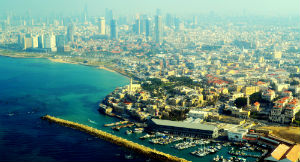
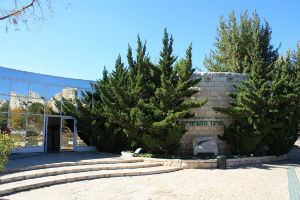
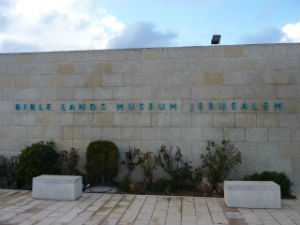
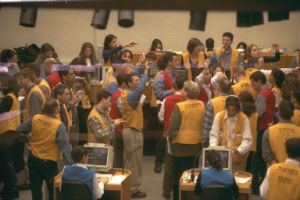
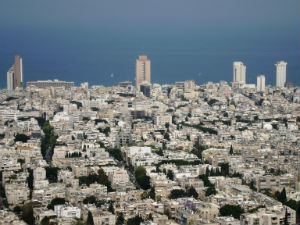 Constructed by Jewish-German architects immigrating to the British Mandate of Palestine following the takeover of Germany by the Nazis in the 1930s, the White City is composed of 4000+ buildings and occupies a portion of Tel Aviv. Employing the International, or Bauhaus style, of architecture in creating the buildings, these innovative architects were preceded by the development of the concept for the White City by Patrick Geddes, a Scottish city planner commissioned by the first mayor of Tel Aviv, Meir Dizengoff.
Constructed by Jewish-German architects immigrating to the British Mandate of Palestine following the takeover of Germany by the Nazis in the 1930s, the White City is composed of 4000+ buildings and occupies a portion of Tel Aviv. Employing the International, or Bauhaus style, of architecture in creating the buildings, these innovative architects were preceded by the development of the concept for the White City by Patrick Geddes, a Scottish city planner commissioned by the first mayor of Tel Aviv, Meir Dizengoff.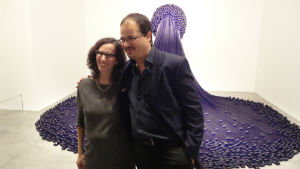 Art is in the eye of the beholder. The beauty of Tel Aviv artist Nelly Agassi’s work is that there is something for everyone. Nelly has been termed a performance artist; a multi-disciplinary artist that works in multiple mediums. Her art transcends time and space. The Jerusalem Center for Visual Arts website describes one of her shows in which she knits a dress around her body. During the performance, Nelly transforms the dress into a large “voluminous object” that she later sheds, as if to invoke the image of shedding an empty skin. Her artwork is edgy, unique and subject to interpretation. She uses various mediums such as knitting, fabrics, photography and much more. Her work can be seen in Tel Aviv, Chicago, New York and London. If you are seeking a unique cultural experience in Tel Aviv, check out the work of Nelly Agassi
Art is in the eye of the beholder. The beauty of Tel Aviv artist Nelly Agassi’s work is that there is something for everyone. Nelly has been termed a performance artist; a multi-disciplinary artist that works in multiple mediums. Her art transcends time and space. The Jerusalem Center for Visual Arts website describes one of her shows in which she knits a dress around her body. During the performance, Nelly transforms the dress into a large “voluminous object” that she later sheds, as if to invoke the image of shedding an empty skin. Her artwork is edgy, unique and subject to interpretation. She uses various mediums such as knitting, fabrics, photography and much more. Her work can be seen in Tel Aviv, Chicago, New York and London. If you are seeking a unique cultural experience in Tel Aviv, check out the work of Nelly Agassi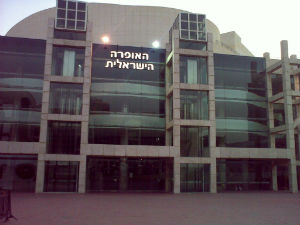 The Tel Aviv Performing Arts Center, which is located in Tel Aviv’s cultural complex, was designed by Israeli architect, Yaakov Rechter, whose father was also an architect. The Tel Aviv Performing Arts Center was first opened to the public in 1994. It is located at Shaul Hamelech Blvd, between Weizmann St and Leonardo da Vinci St.
The Tel Aviv Performing Arts Center, which is located in Tel Aviv’s cultural complex, was designed by Israeli architect, Yaakov Rechter, whose father was also an architect. The Tel Aviv Performing Arts Center was first opened to the public in 1994. It is located at Shaul Hamelech Blvd, between Weizmann St and Leonardo da Vinci St.